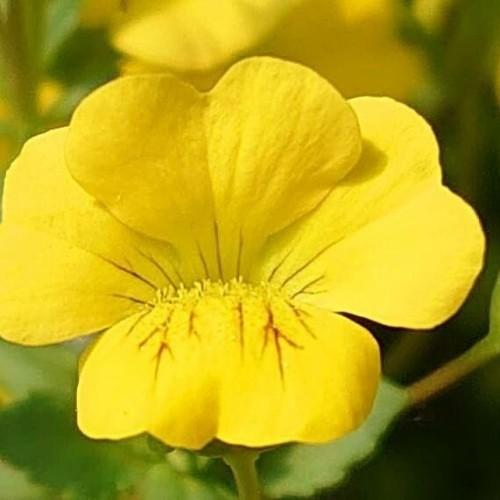
axilflower
Mecardonia 'Gold Dust'
Cycle:
Annual
Watering:
Average
Hardiness Zone:
10 - 11
Flowers:
Flowers
Sun:
Full sun
Leaf:
Yes
Growth Rate:
High
Maintenance:
Low
Salt Tolerant:
Yes
Care Level:
Medium
watering
The axilflower needs regular watering to stay healthy and blooming. For best results, water the axilflower every 2-3 days, or when the top 2-3 inches of soil feels dry to the touch. It is important to note that this plant is sensitive to overwatering, so be sure to only water when necessary. When watering, give the soil a good soak and try to avoid splashing the base of the axilflower as it can lead to rot.
sunlight
Axilflowers prefer moderate sunlight and grow best in 5-6 hours of direct sunlight each day. They should be placed in bright, indirect light or a spot with direct sun in the morning and indirect light during the afternoon. Moving the plant outdoors during a summer would be ideal, though it should be brought back indoors if it starts to receive more than 6 hours of direct sunlight a day. Axilflowers do not do well in full sun, and can scorch or wilt if exposed to too much direct sunlight.
pruning
Axilflower is an attractive and low-maintenance plant species that makes a wonderful addition to the landscape. The best way to keep this plant looking its best is by pruning it regularly. It should be pruned in the late winter or early spring, before new growth starts. This helps to remove dead or diseased branches, as well as any overgrown or misshapen portions. It also encourages the plant to produce more vigorous, healthy growth. When pruning the axilflower, start by looking for any dead or damaged branches. Remove them immediately to help prevent the spread of disease. Then, gently cut back any stems or vines that have grown too long. You can also selectively trim back any branches that are growing too close together. In general, axilflower should be lightly pruned, taking off no more than 1-third of the overall growth. If necessary, you may need to do some additional pruning throughout the growing season to keep the plant looking its best.
